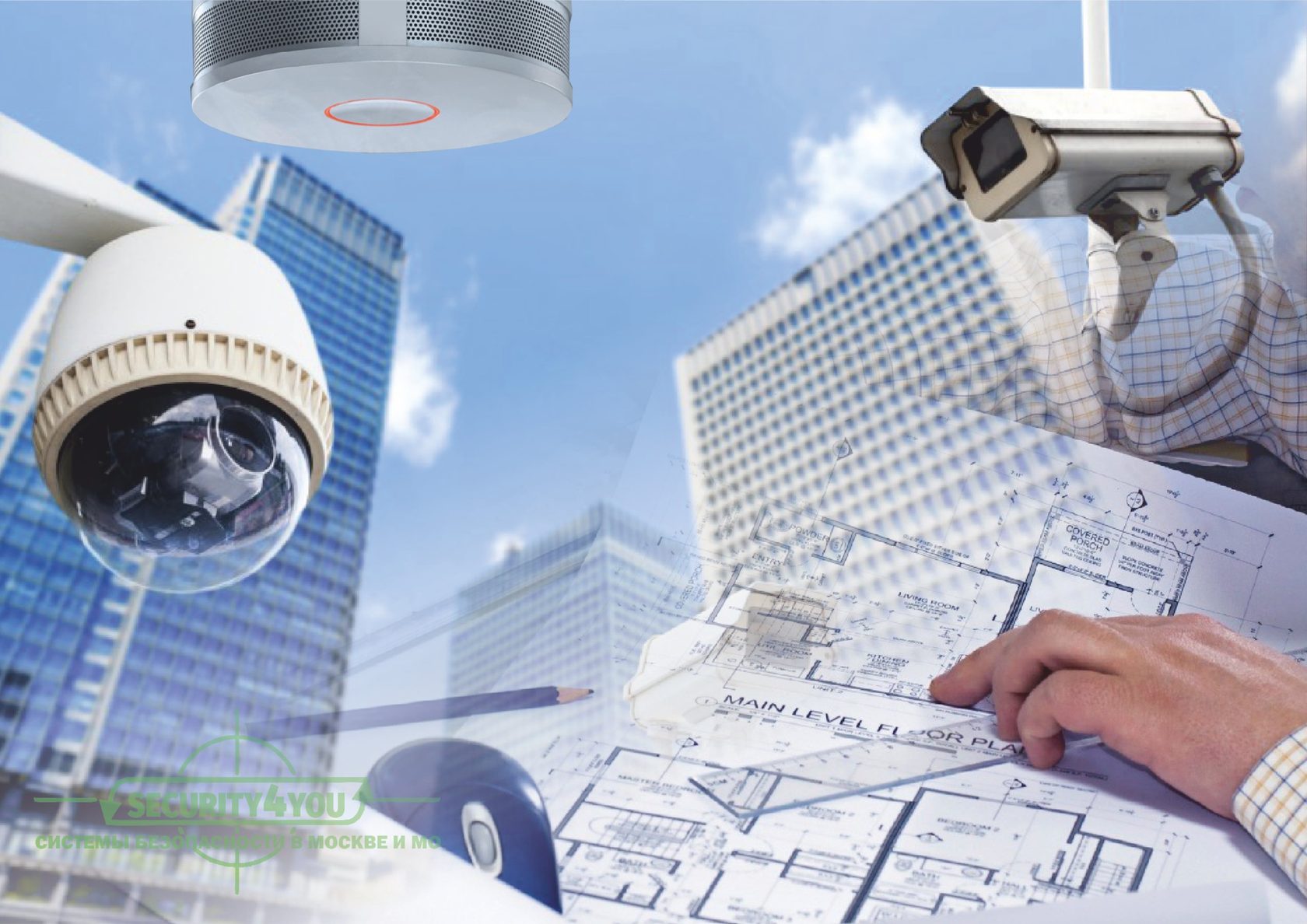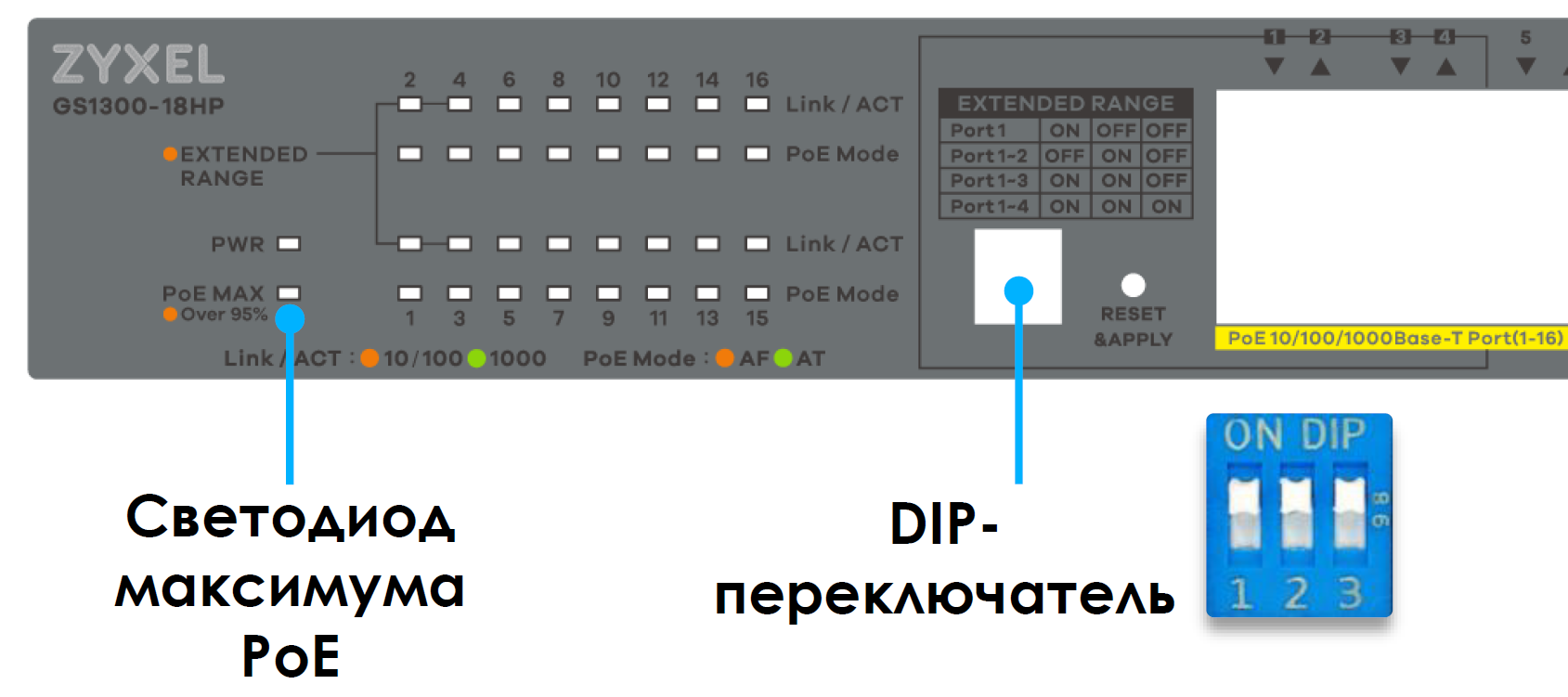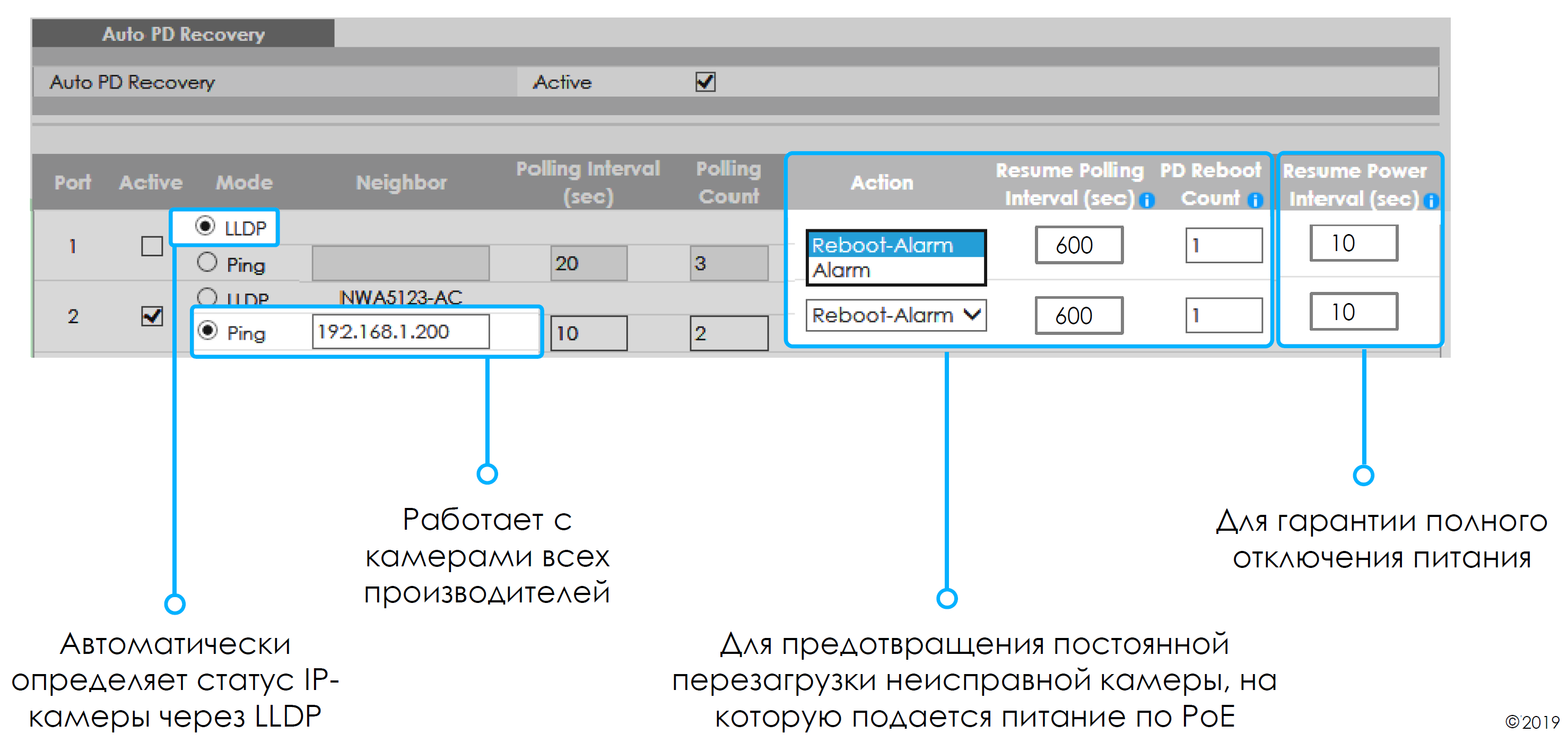PoE IP cameras, special requirements and trouble-free operation - bringing it all together

Building a video surveillance system only at first glance looks simple
task.
During its implementation, it is required to solve a fairly wide range of issues. Besides
organization of data transmission channels, collection, storage and retrieval of the necessary information
it is necessary to provide power to the cameras, as well as control and diagnostics.
Benefits of IP Camera Solutions
There are a lot of technical means: from traditional analogue
camcorders to small USB web-cameras and miniature DVRs.
A fairly convenient and affordable solution is the use of IP cameras for
receiving images.
Cameras of this type transmit an image in digital form over an IP network. it
gives a number of advantages: the picture from the camera comes immediately in digital form,
that is, it does not require special converters, the collected information is easier
process, organize, provide archive search and so on.
If it is possible to conduct a network cable, and the distance between the switch and
cameras does not exceed the permissible values, they usually use an Ethernet network on
twisted pair base and cameras working through cable connection. Such a decision
provides stable communication and is practically independent of external factors,
such as the choice of the frequency range, the presence of air interference and other nuances.
Using a wired connection also allows you to use the same
cable (twisted pair) and for powering video cameras - Power Over Ethernet, PoE.
Note Less commonly used are other types of network connections,
for example, via Wi-Fi or GSM. Despite all the benefits of wireless,
the issue of powering such cameras must be resolved for each case separately.
For example, powered by a lighting network, a solar panel, and so on. AT
in general, this is not quite the direction that can be recommended as
A simple and universal solution for most tasks.
Features of CCTV systems in comparison with other distributed IP-systems
In the case of video surveillance, you cannot directly transmit the experience of building other
networks. Take for comparison voice communication based on IP-telephony. Despite
completely different applications both there and there uses an IP network, in both
In cases, PoE power can be applied.
But if we consider the features of operation, with a similar general approach
some things are decided very differently. Here are a few features:
The IP camera needs to be constantly monitored. People, animals or material
objects under surveillance are unlikely to contact themselves
with the technical support department to report a broken camera.
But next to a corporate IP phone, usually a user sits with
by computer. If he has a telephone problem, he can report
by creating a task in the application system, send a request by mail by calling
personal mobile phone (if corporate policy allows) and so on.
IP cameras are usually located in hard-to-reach places: under the ceiling, on
pillar and the like. Something quickly “take and do” is quite
problematic. If the twisted pair connection is tucked into the wall to
check the status of the cable - first you need to somehow try to get it.
Replacing a camera also looks a bit more complicated than just
disconnect and pick up the idle phone from the table and give it to the user
instead, a working device.
Important notice. IP cameras are often at a decent distance from
the switch, for example, video surveillance in squares, recreation areas and so on. If a
using PoE, it is necessary to maintain a sufficiently high level
power, which decreases with increasing distance from the source.
The requirement for stability of the entire video surveillance system is very high. From
the quality and completeness of the picture may depend quite a lot: on the reduction
waiting time for extracting a pass up to the identification of the offender in the system
face recognition. Therefore, stable operation is very important. Respectively,
to the switch, as to the central connecting link, high
requirements. Due to frequent failures of the PoE switch, video surveillance will work
unstable (if at all). Therefore, buying a PoE switch is
certainly not the case when you should try to save and take the first one
the cheapest option.
Similar questions arise not only when using IP cameras, but also other
video surveillance solutions. Of course, all these problems are solvable, otherwise
IP cameras, and a video surveillance system as a whole, would be difficult to use on
practice. But is it possible to somehow simplify your life and not spend extra
resources: time, money, human efforts for simple operations?
Specialized switches for connecting IP cameras
Summing up all of the above, we can say that working with systems based on
IP cameras are easier if you use equipment specifically designed for
work with them. And since IP cameras are connected to the switch, then below
will focus on specialized devices of this type.
The following tasks are looming for such a switch:
- ensuring stable communication;
- PoE power supply
- monitoring and management of IP cameras;
- protection against power surges and electrostatic discharge.
One of the fundamental factors is the permissible cable length over which
The device is powered up. The second extremely useful condition is
the ability to control, for example, using the LLDP protocol. Special
remote reboot IP-powered camera looks useful
by PoE.
Note Link Layer Discovery Protocol (LLDP) is a channel protocol
level that defines the standard method for devices on an Ethernet network, in
in our case - for switches and IP cameras. Thanks to the use of LLDP devices
can distribute information about themselves among other nodes on the network and save
received data.
Recently, Zyxel introduced new PoE switches with
unique design and software.
In order to better understand the essence of useful innovations, we will consider the line
GS1300 Unmanaged Switches, and the GS1350 Series of New Managed Models
Extended Range Essentials.
All switches from these ranges are specifically designed for systems
video surveillance. In total, 7 modern models are at the disposal of users.
switches, of which 3 are unmanaged and 4 are managed
Zyxel G1300 Series Unmanaged Switches
In this line, the following hardware features that are useful
specifically for video surveillance systems:
- high PoE budget - allows you to maintain the required power even at
significant distance; - maximum PoE LED;
- camera connection at a distance of up to 250 m;
- extended temperature range from -20 to + 50 ℃ (especially it can be
useful when working in "field conditions", for example, when the switch
located at a temporary facility).
ESD / Surge Protection Value:
- ESD - 8 kV / 6 kV (Air / Contact);
- Surge - 4 kV (Ethernet Port).
Note ESD - ESD protection, Surge -
surge protection. If there is a static discharge in air up to 8
kilovolt, or 6 kV electrostatics with close contact, or a temporary jump
voltages up to 4 kilovolts - the switch has a good chance of surviving such
troubles.

Figure 1. Indication for PoE monitoring.
Important notice. Using the DIP switches, you can set the ports for
which will be increased range - up to 250m. The remaining ports will work in
normal mode.
Zyxel has prepared several switch models with different numbers
ports from 8 to 24. This approach allows you to flexibly adapt to the needs
consumers.
Differences in the characteristics of controlled models are shown in table 1.
Table 1. Unmanaged Zyxel GS1300 Series Switch Models
| - | Number of PoE Ports | Ports Up-link | PoE Power Budget | Power supply |
|---|---|---|---|---|
| GS1300-10HP | 8 GE | 1SFP, 1GE | 130 watts | Interior |
| GS1300-18HP | 16 GE | 1SFP, 1GE | 170 watts | Interior |
| GS1300-26HP | 24 GE | 2SFP | 250 watts | Interior |
Zyxel G1350 Series Managed Switches
The switches in this line have more control and
maintaining the operation of the video surveillance system. Built-in security features and
performance assurance will come in handy in a wide variety of situations.
Some interesting hardware features:
- advanced protection against voltage surges 4 kV and against
8 kV electrostatic discharge (GS1350 series); - LEDs for PoE control;
- Last good button (FW recovery);
- connecting cameras at a distance of up to 250m with a bandwidth of 10
Mbps, which complies with the standard; - extended temperature range (from -20 to + 50 ℃).
ESD / Surge Protection values themselves remain the same as unmanaged
models:
- ESD - 8 kV / 6 kV (Air / Contact);
- Surge - 4 kV (Ethernet Port).

Figure 2. PoE usage LED bar and Restore button.
Speaking about the new line, one cannot but note the new functions of the firmware,
eg:
- advanced PoE management for video surveillance;
- IEEE 802.3bt support - 60W per port (GS1350-6HP);
- Basic L2, Web support, CLI management.
As for the support of NebulaFlex, then for the models of the GS1350 series it is expected
in 2020.
Speaking about the G1350 equipment line, it is worth noting the appearance of a younger model on
4 PoE ports. Such a “baby” is especially useful in organizing systems
CCTV for small facilities and SMB sector enterprises.
Table 2. Managed Models of the Zyxel GS1350 Series Switches .
| - | Number of PoE Ports | Ports Up-link | PoE Power Budget | Power supply |
|---|---|---|---|---|
| GS1350-6HP | 4GE | 1SFP, 1GE (802.3bt) | 60W | External |
| GS1350-12HP | 8GE | 2SFP, 2GE | 130W | Interior |
| GS1350-18HP | 16GE | 2 combo | 250W | Interior |
| GS1350-26HP | 24GE | 2Combo | 375W | Interior |
Advanced management for video surveillance
To achieve the most complete, continuous monitoring, as well as for
usability Zyxel added new useful features:
- Information about IP cameras on the Neighbors page
- checking the status of the camera;
- uninterrupted power to the camera (when updating or rebooting the switch);
- remote reboot of IP cameras;
- granular PoE settings to support non-compliant IP cameras
PoE standard - Scheduled PoE
- Priorities for PoE ports.
Below we will focus on the three most popular features that have appeared in the new
models.
Neighbors Web Interface Page - Neighbors
On this page you can see the status of the camera, IP, by which
interaction (provided that the camera is connected and working), as well as “buttons”
to reboot and reset to factory settings.

Figure 3. A fragment of the Neighbors web-interface page - “Neighbors”.
Auto PD Recovery
This function automatically detects a hung IP camera and reboots it.
This luxury is now available for any camera of all manufacturers. I.e
bought a Zyxel switch and you can work with existing cameras or those
required by the Security Service.
It is possible to determine the status of the camera through the LLDP protocol, as well as through
sending ICMP packets, simply put, through regular Ping.
It is possible to prevent a permanent reboot of a faulty camera on
which is powered by PoE.

Figure 4. A fragment of the Neighbors interface page - “Neighbors”.
Continuous PoE
This feature ensures continuous power to cameras and other sensors.
during maintenance of the switch.
In addition to working in normal mode, there are times when it is necessary to produce
certain actions with the switch, for example:
- Perform firmware update.
- upload a new configuration file, or, conversely, return the current
settings to the previous ones from the backup; - reset to factory settings.
Also, sometimes there is a need for additional reboot of the switch,
for example, to verify the correctness of the settings.
Of course, the power of the cameras all this time should not disappear properly.
Why does this need arise? It would seem if the switch
reboots, why do I need continuous power for cameras?
The fact is that rebooting the cameras themselves and entering the operating mode takes
some time. In addition, video surveillance software should
have time to "pick up" the newly loaded cameras. In practice, for this too
It takes some time. As a result, from the moment the switch is restored,
and until the recording is fully restored by the surveillance system,
pause unacceptable in terms of safety regulations.
That is why it is necessary to minimize any likelihood of downtime, including
number and the fault of regular maintenance.
Conclusion
The G1300 Series of Unmanaged Switches has already implemented several very
useful features. However, the capabilities of the G1350 are much higher both in terms of management
network (managed switch vs unmanaged), and to ensure
specific needs of video surveillance.
Particularly pleased with the ability to control cameras from other manufacturers, as well as
a balanced approach while ensuring the continuity of the surveillance system.
We answer questions and support system administrators in our telegram chat . Welcome!
Sources
GS1300 Unmanaged switch for video surveillance systems. Official site
Zyxel
By the way, Zyxel recently turned 30 years old!
In honor of this event, we announced a generous action:
All Articles
